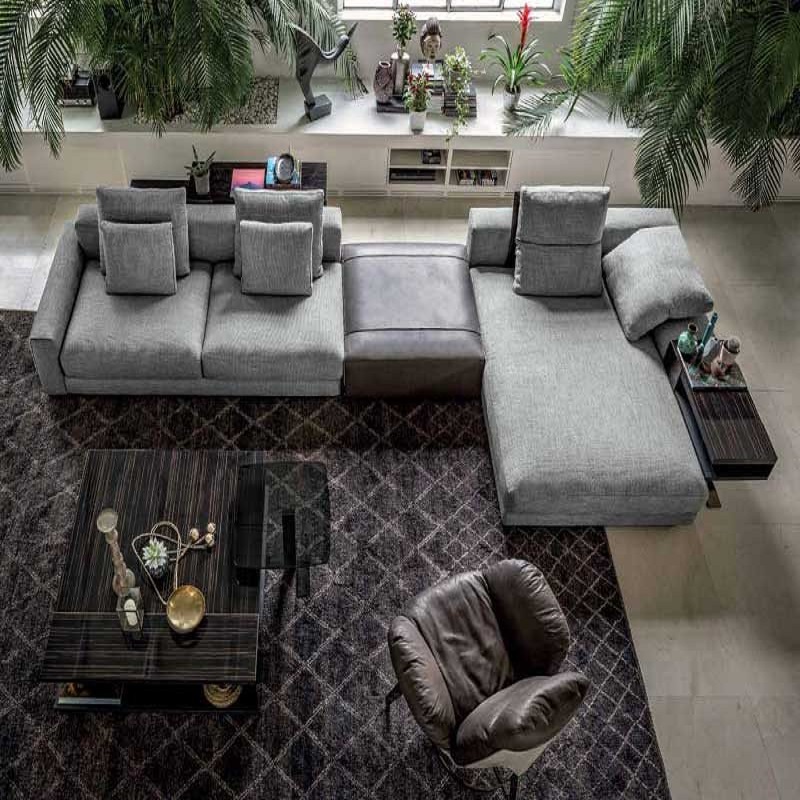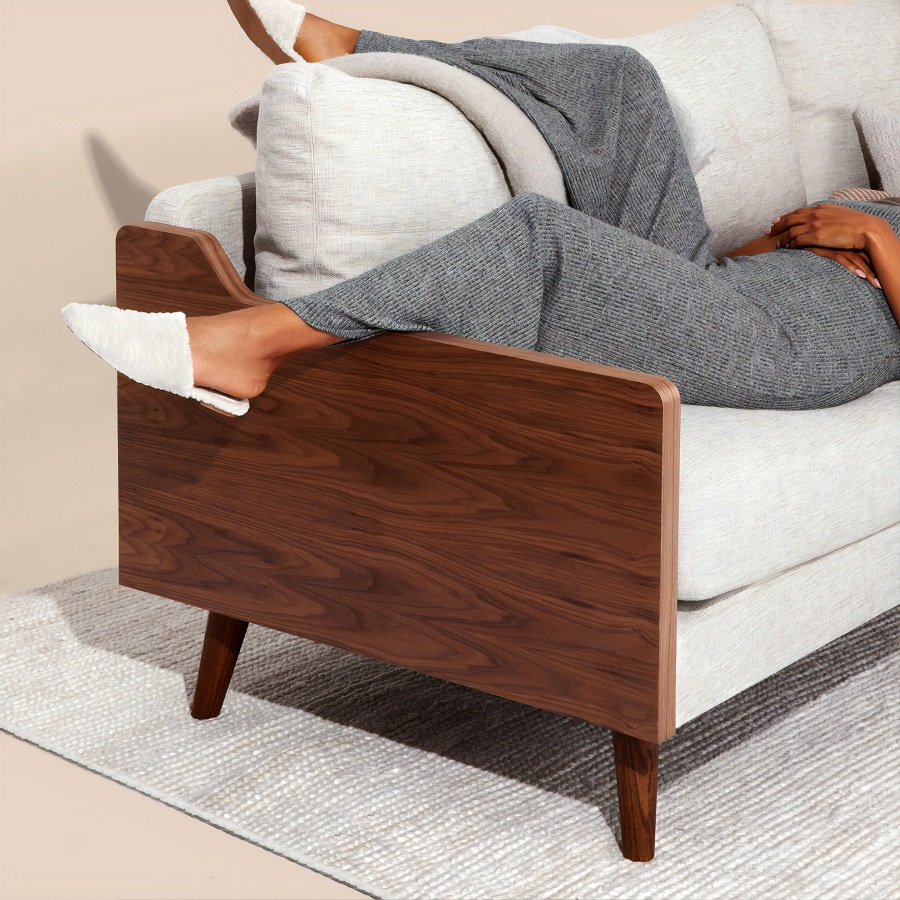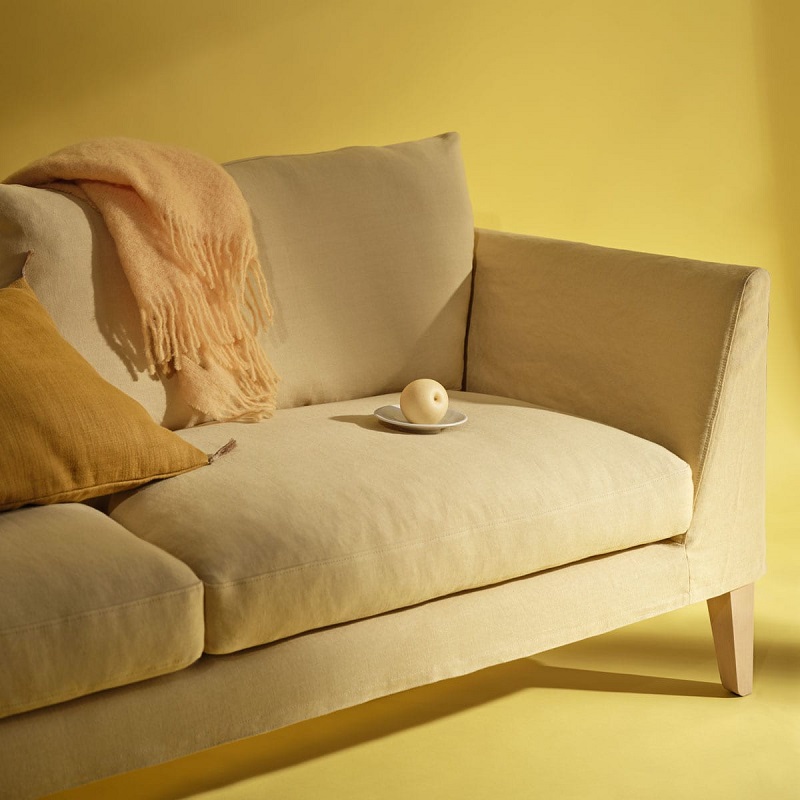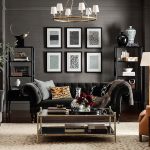Choosing the perfect sofa for your living room involves much more than simply picking a design you like. The ideal sofa should blend seamlessly with your decor, meet your comfort needs, and fit your lifestyle. This comprehensive guide will walk you through the key considerations to help you select a sofa that enhances both the functionality and aesthetic of your living space.
Understanding Your Needs and Lifestyle
Assess Your Lifestyle and Usage
Before diving into styles and fabrics, consider how you use your living room and your lifestyle needs. Do you entertain frequently? Is the space primarily for relaxing, or do you use it as a multifunctional area? For homes with children or pets, durability and ease of cleaning become crucial factors. A sofa with a removable and washable cover or one made from stain-resistant fabric might be ideal.
If you frequently host guests or have a large family, a sectional or a sofa with a reclining feature could offer additional seating and comfort. On the other hand, if space is limited or you prefer a more formal setup, a sleek, streamlined sofa might be more appropriate. Understanding your daily routines and needs will guide you towards a sofa that complements your lifestyle.
Measure Your Space
Accurate measurements are essential to ensure your new sofa fits perfectly in your living room. Measure the dimensions of your space, including the width, depth, and height, and take note of any architectural features such as windows, doors, or built-in shelving that could affect the sofa’s placement.
Consider the layout of the room, including traffic flow and how the sofa will interact with other furniture. If possible, use painter’s tape to outline the sofa’s dimensions on the floor to visualize how it will fit in the space. This approach helps prevent the common mistake of buying a sofa that is too large or too small for the room.

Selecting the Right Style and Design
Explore Different Sofa Styles
Sofa styles can range from traditional to contemporary, each offering a distinct look and feel. Traditional styles, such as Chesterfield or Rolled Arm sofas, often feature classic detailing like tufting and curved arms. These are well-suited for formal or classic decor.
Modern sofas, such as mid-century or minimalist designs, focus on clean lines and functional aesthetics. Mid-century sofas typically have wooden legs and a streamlined shape, while minimalist sofas may feature low profiles and simple, straight lines. Contemporary styles often blend various elements, creating versatile options that can adapt to changing decor trends.
Match the Sofa with Your Room’s Decor
The sofa should harmonize with the overall design of your living room. Consider the color scheme, existing furniture, and design elements when selecting a sofa. If your room features bold colors or intricate patterns, a neutral-colored sofa can balance the space. Conversely, if your decor is more subdued, a sofa in a vibrant color or with interesting patterns can serve as a focal point.
Additionally, think about the materials and finishes of other furnishings in the room. If your room has a lot of wood elements, a sofa with wooden legs or accents might complement the space. For a more eclectic look, mix and match different textures and materials to create visual interest.
Evaluating Sofa Materials and Fabrics
Choose Between Fabric and Leather
The choice between fabric and leather largely depends on your preferences and practical considerations. Fabric sofas offer a wide range of textures and patterns, and they can be more comfortable in terms of temperature regulation. However, they can be more challenging to clean and maintain, especially in households with children or pets.
Leather sofas are known for their durability and easy maintenance. They are resistant to spills and stains, making them a practical choice for high-traffic areas. Leather also develops a unique patina over time, adding character to the sofa. However, leather can be less forgiving in terms of comfort, especially in extreme temperatures.
Consider Durability and Maintenance
Assess the durability and maintenance requirements of the sofa material. Fabric sofas vary in durability depending on the weave and fiber. Microfiber and performance fabrics are often more resistant to stains and wear, making them suitable for busy households.
For leather sofas, consider the type of leather. Full-grain leather is the most durable and develops a beautiful patina over time, while bonded leather is more affordable but less durable. Ensure you follow the care instructions for your chosen material to keep the sofa looking its best.

Understanding Sofa Construction and Comfort
Assess Frame Construction
The frame of the sofa plays a significant role in its durability and comfort. Look for frames made from hardwood such as oak or maple, which offer strength and stability. Avoid frames made from softwood or particleboard, as they are more likely to warp or break under stress.
A well-constructed frame should be joined using screws or dowels rather than staples or glue. Check the sofa’s construction by gently pressing on various parts of the frame and listening for any squeaks or instability. A high-quality frame will contribute to the overall longevity of the sofa.
Test the Cushioning and Seating Comfort
Comfort is a crucial factor in choosing the perfect sofa. Sit on the sofa for an extended period to assess its comfort level. Pay attention to the cushioning, which can range from firm to plush. High-density foam or a combination of foam and fiber can provide a balance of support and softness.
Also, consider the depth and height of the seat. Deeper seats are ideal for lounging, while shallower seats might be more comfortable for those who prefer an upright sitting position. Test the sofa with a variety of seating positions to ensure it meets your comfort needs.
Customization and Additional Features
Explore Customization Options
Many furniture retailers offer customization options for sofas, allowing you to choose the fabric, color, and configuration that best suits your needs. Customization can include choosing the type of cushions, arm styles, and leg options. If you have specific requirements or preferences, working with a retailer that offers customization can help you achieve a sofa that fits perfectly with your decor and lifestyle.
Consider any additional features that might enhance the functionality of your sofa. Features like built-in storage, reclining mechanisms, or sleeper options can add versatility and convenience. For example, a sofa bed is a great addition if you often host overnight guests.
Assess Warranty and Return Policies
When purchasing a sofa, review the warranty and return policies offered by the retailer or manufacturer. A good warranty can provide peace of mind, covering defects or issues that may arise after purchase. Understanding the return policy is also important in case the sofa does not meet your expectations or fit well in your space.
Budget Considerations
Sofas come in a wide range of prices, and setting a budget can help narrow down your options. While it’s important to stay within your budget, consider the long-term value of the sofa. Investing in a higher-quality piece might be more cost-effective in the long run due to its durability and timeless design.
Finalizing Your Sofa Purchase
Review the Delivery and Setup Process
Before finalizing your purchase, review the delivery and setup process. Ensure that the retailer provides delivery services and that they can navigate any potential obstacles, such as narrow doorways or stairs. Confirm the estimated delivery time and any associated costs.
Additionally, inquire about the setup process. Some retailers offer assembly services, while others may require you to handle it yourself. Understanding these details can help ensure a smooth transition from purchase to enjoying your new sofa.
Enjoy Your New Sofa
Once your new sofa is delivered and set up, take the time to enjoy it and ensure it meets all your expectations. Arrange it within your living room to see how it integrates with your space and make any final adjustments to the arrangement. A well-chosen sofa can significantly enhance the comfort and style of your living room, making it a central piece in your home.

Conclusion
Choosing the perfect sofas for your living room is a multifaceted decision that involves evaluating your needs, understanding various styles and materials, and considering comfort and durability. By carefully assessing each aspect, from frame construction to customization options, you can select a sofa that not only complements your decor but also meets your lifestyle needs. With thoughtful planning and consideration, you can find a sofa that enhances your living space and provides years of comfort and enjoyment.


